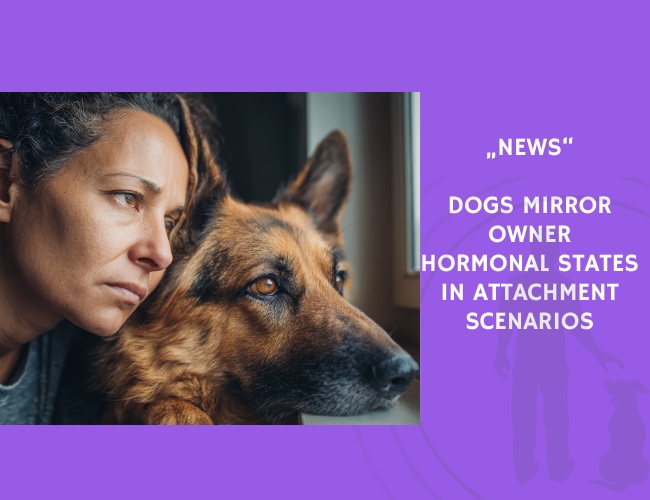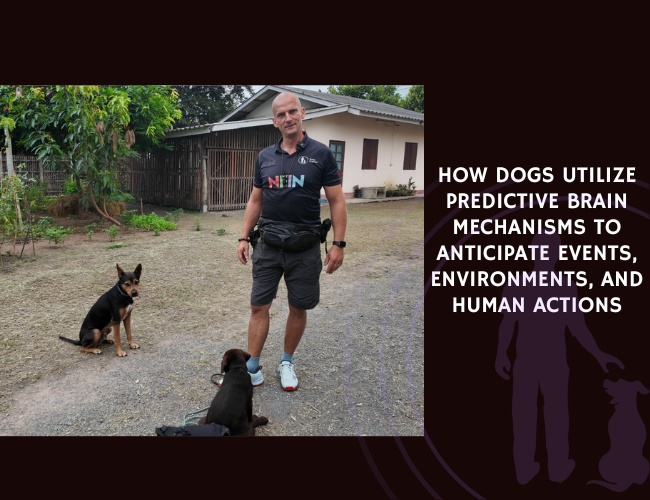In a study led by Morag G. Ryan and colleagues, researchers examined the physiological markers of attachment between 29 dog-owner pairs using a modified version of Ainsworth’s Strange Situation Test (SST). This behavioral framework, originally developed to study human infant attachment, was adapted to assess stress and bonding in dogs during moments of separation and reunion with their owners.
Throughout the SST, dogs consistently showed attachment behaviors: staying closer to their owner, initiating more contact, and avoiding proximity to strangers. These behaviors were accompanied by measurable physiological changes. The researchers collected salivary cortisol (CORT) and chromogranin A (CgA) samples from both dogs and owners before and after the test.
The results revealed notable hormonal correlations. Dogs who sought more contact with their owners after separation had lower CgA levels, indicating reduced stress. Interestingly, these same dogs had owners with higher CgA levels, suggesting that the reunion may have been more emotionally stimulating for the humans. Additionally, owner-dog hormonal synchrony was observed, with initial and final stress marker levels closely aligned between dyad members.
Dogs with owner-reported separation anxiety stayed nearer their owners during reunion when owner CORT was high and CgA was low. Conversely, dogs with higher CORT levels were more likely to approach the stranger during separation episodes—possibly as a coping mechanism.
These findings suggest a biopsychological connection in the dog-human relationship, with dogs reflecting both the behavior and hormonal states of their owners. While all dyads were deemed securely attached, individual variation in stress responses underscores the importance of mutual emotional regulation in pet relationships.
Source: Morag G. Ryan, Anne Storey, Rebecca E. Anderson, and Clare Walsh. 2019-07-23. “Physiological Indicators of Attachment in Domestic Dogs (Canis familiaris) and Their Owners in the Strange Situation Test.” Frontiers in Behavioral Neuroscience, Volume 13. https://doi.org/10.3389/fnbeh.2019.00152










